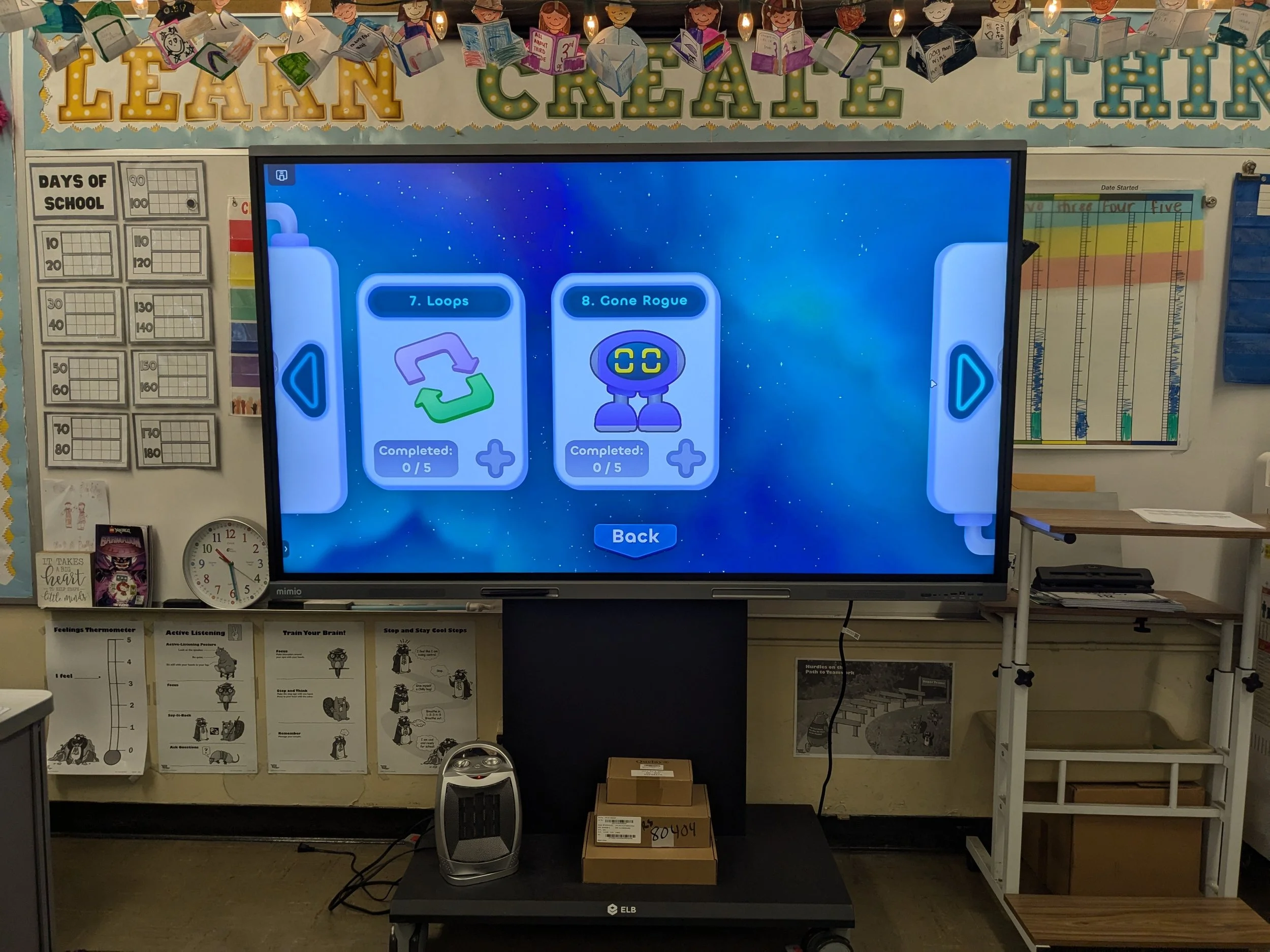How to Talk to Administrators About Game-Based Learning
TL;DR:
Lead with learning. Speak their language. Back it up with data. And always, always invite them to play.
Making the case for interactive problem-solving in schools
You know game-based learning works. You’ve seen students light up, persist through challenges, and apply logic in ways traditional instruction doesn’t always unlock. But how do you convince an administrator who’s thinking about test scores, tech budgets, and classroom time?
Here’s how to make a compelling, practical case:
🎯 1. Focus on Learning Outcomes, Not Just Fun
Games like Star Stuff Edu don’t just “engage” — they build measurable skills in logic, sequencing, and problem-solving. Highlight how puzzle games align with computational thinking standards, SEL, and STEM competencies.
Tip: Use the language of your school’s goals — "critical thinking," "student agency," "21st-century skills" — and show how game-based learning supports them.
🧩 2. Frame Games as Interactive Learning Tools
Administrators may picture games as distractions. Shift the narrative:
"These are not time-fillers — they’re digital manipulatives for logic and reasoning."
Show how games provide instant feedback, allow for personalized pacing, and encourage productive struggle — all things strong instruction aims for.
📊 3. Share Research & Real Results
Back your pitch with research:
The Games and Learning Research Database shows strong links between game-based learning and achievement.
👉 gamesandlearning.org/researchYasmin Kafai has shown that coding games deepen computational fluency and creativity.
👉 Connected Code – MIT Press
Even better: share classroom wins or quotes from students. A 6th grader saying “I didn’t want to stop thinking” is gold.
🧠 4. Emphasize Accessibility & Flexibility
Tools like Star Stuff Edu are browser-based, free to use, and don’t require accounts. That means:
Easy to pilot without IT headaches
Fits into a short lesson or full unit
Works during stations, enrichment, or early finishers
🙌 5. Invite Them to Play
End with a powerful invitation:
“Just try it — you’ll see students thinking differently within minutes.”
Letting administrators experience the game helps them connect the dots faster than any slide deck ever could.


